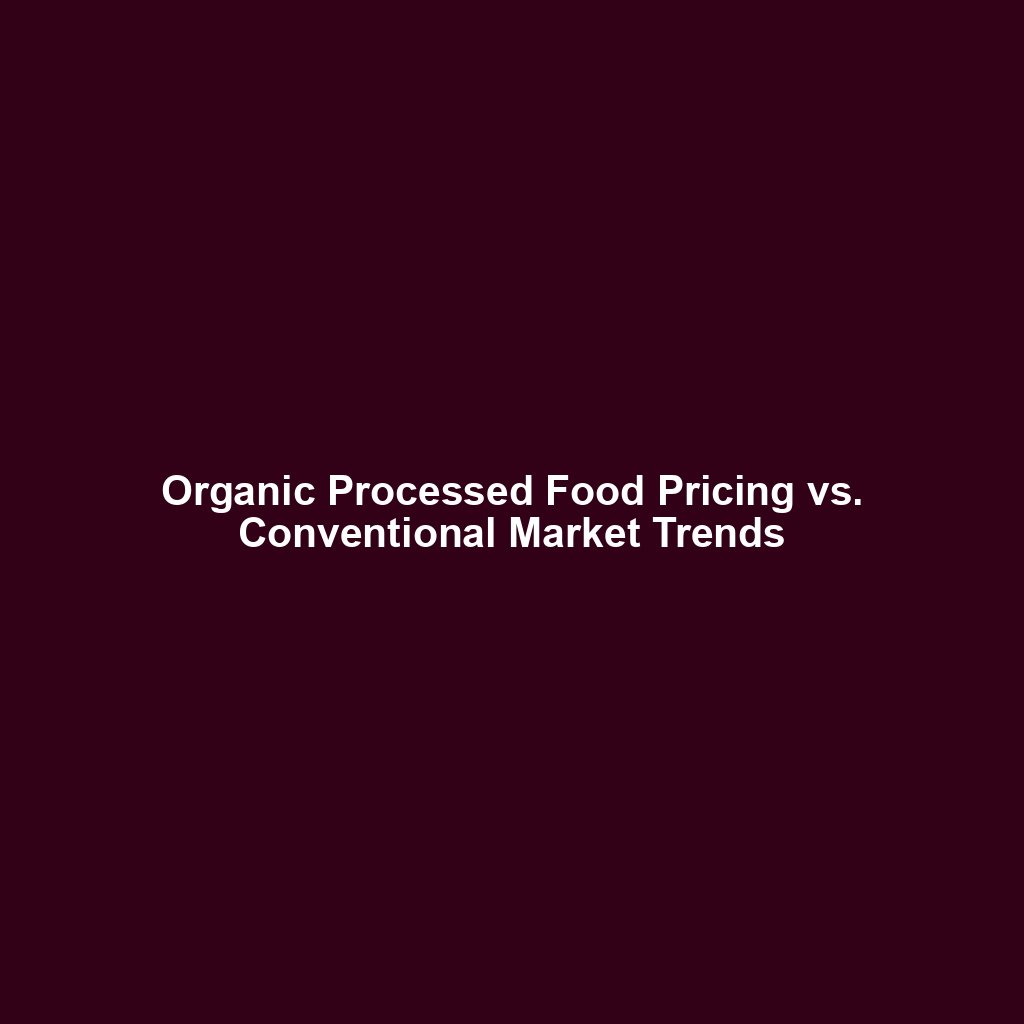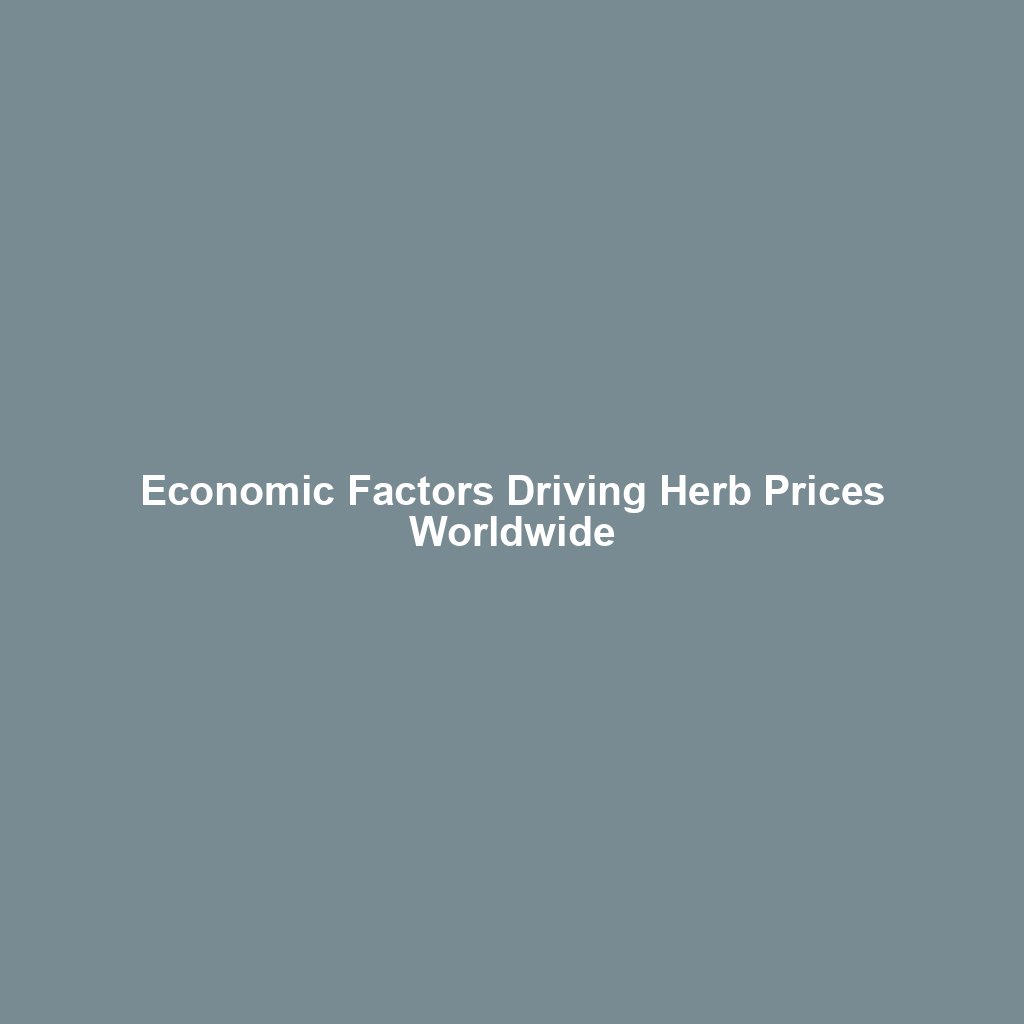
Introduction
The agricultural sector is a cornerstone of the global economy, providing the essential resources needed for food production and other raw materials. Within this sector, the pricing of agricultural products plays a crucial role in determining the economic viability of farming practices and the affordability of food for consumers. This article delves into the intricacies of agriculture and agricultural price analysis, exploring the factors that influence prices, the methodologies used for price analysis, and the implications for farmers, consumers, and policymakers.
Chapter 1: Understanding Agricultural Pricing
The Basics of Agricultural Pricing
Agricultural pricing refers to the determination of the market value of agricultural products. This process is influenced by a myriad of factors, including supply and demand dynamics, production costs, government policies, and global market trends. Understanding these factors is essential for stakeholders in the agricultural sector to make informed decisions.
Supply and Demand Dynamics
Supply and demand are fundamental economic principles that significantly impact agricultural prices. When the supply of a particular crop exceeds demand, prices tend to fall. Conversely, when demand outstrips supply, prices rise. Factors such as weather conditions, pest infestations, and technological advancements can affect crop yields and, consequently, supply levels. On the demand side, population growth, dietary preferences, and economic conditions play a crucial role.
Production Costs
Production costs encompass all expenses incurred in the cultivation, harvesting, and processing of agricultural products. These costs include inputs such as seeds, fertilizers, pesticides, labor, and machinery. Fluctuations in the prices of these inputs can directly impact the overall cost of production and, subsequently, the market price of the final product. For instance, a rise in fuel prices can increase transportation costs, leading to higher prices for consumers.
Government Policies
Government policies, including subsidies, tariffs, and trade agreements, can have a profound impact on agricultural prices. Subsidies can lower production costs for farmers, enabling them to sell their products at competitive prices. Tariffs and trade barriers, on the other hand, can restrict the flow of agricultural goods between countries, affecting supply levels and prices. Additionally, policies aimed at promoting sustainable farming practices can influence the cost structure and pricing of agricultural products.
Global Market Trends
Agricultural markets are increasingly interconnected, with global trends influencing local prices. Factors such as international trade agreements, currency exchange rates, and geopolitical events can create ripple effects across the agricultural sector. For example, a trade dispute between major agricultural exporters can disrupt supply chains and lead to price volatility. Similarly, changes in global consumer preferences, such as the growing demand for organic and sustainably produced food, can impact market dynamics.
Chapter 2: Methodologies for Agricultural Price Analysis
Price Indexes
Price indexes are essential tools for tracking changes in agricultural prices over time. These indexes aggregate price data for a basket of agricultural products, providing a comprehensive measure of price movements. Commonly used indexes include the Consumer Price Index (CPI) and the Producer Price Index (PPI). By analyzing these indexes, stakeholders can identify trends, assess inflationary pressures, and make informed decisions regarding production and marketing strategies.
Econometric Models
Econometric models are statistical tools used to analyze the relationships between various economic variables and agricultural prices. These models incorporate historical data and economic theories to forecast future price movements. For instance, a supply and demand model can estimate the impact of changes in production levels or consumer preferences on prices. Econometric models are valuable for policymakers, enabling them to assess the potential effects of policy interventions on agricultural markets.
Market Surveys and Reports
Market surveys and reports provide valuable insights into current market conditions and price trends. These surveys collect data from farmers, traders, and consumers, offering a snapshot of supply and demand dynamics. Reports from agricultural organizations, such as the Food and Agriculture Organization (FAO) and the United States Department of Agriculture (USDA), provide comprehensive analyses of global agricultural markets. By staying informed through these sources, stakeholders can make data-driven decisions and adapt to changing market conditions.
Geospatial Analysis
Geospatial analysis involves the use of geographic information systems (GIS) and remote sensing technologies to monitor agricultural production and assess its impact on prices. By analyzing satellite imagery and spatial data, researchers can identify patterns in crop yields, land use, and environmental conditions. This information is crucial for predicting supply levels and assessing the potential impact of climate change on agricultural prices. Geospatial analysis also aids in the development of precision farming techniques, optimizing resource allocation and improving productivity.
Big Data and Machine Learning
The advent of big data and machine learning has revolutionized agricultural price analysis. By harnessing vast amounts of data from various sources, including weather forecasts, market transactions, and social media, machine learning algorithms can identify complex patterns and make accurate price predictions. These technologies enable real-time monitoring of market conditions, allowing stakeholders to respond swiftly to emerging trends. Additionally, big data analytics can enhance risk management strategies, helping farmers mitigate the impact of price volatility.
Chapter 3: Implications for Stakeholders
Farmers
For farmers, understanding agricultural pricing and utilizing price analysis methodologies is crucial for optimizing production and maximizing profitability. By staying informed about market trends and price forecasts, farmers can make strategic decisions regarding crop selection, planting schedules, and marketing strategies. Additionally, access to accurate price information enables farmers to negotiate better prices with buyers and reduce the risk of financial losses.
Consumers
Consumers are directly affected by agricultural prices, as they determine the affordability and availability of food products. Price analysis helps consumers understand the factors driving price changes and make informed purchasing decisions. For instance, during periods of price volatility, consumers can adjust their consumption patterns or explore alternative food sources. Additionally, awareness of sustainable and organic farming practices can influence consumer preferences and drive demand for environmentally friendly products.
Policymakers
Policymakers play a critical role in shaping agricultural markets and ensuring food security. By leveraging price analysis methodologies, policymakers can design effective interventions to stabilize prices, support farmers, and protect consumers. For example, price support programs and subsidies can help farmers cope with price fluctuations and maintain production levels. Additionally, trade policies and international agreements can facilitate the flow of agricultural goods and promote market stability. Policymakers can also use price analysis to assess the impact of climate change and develop strategies for sustainable agriculture.
Traders and Agribusinesses
Traders and agribusinesses operate at the intersection of supply and demand, facilitating the movement of agricultural products from farms to markets. Price analysis is essential for these stakeholders to optimize their operations and manage risks. By monitoring price trends and market conditions, traders can make informed decisions regarding procurement, storage, and distribution. Agribusinesses can also leverage price analysis to develop pricing strategies, negotiate contracts, and identify new market opportunities. Additionally, access to accurate price information enhances transparency and fosters trust among market participants.
Chapter 4: Challenges and Future Directions
Challenges in Agricultural Price Analysis
Despite the advancements in price analysis methodologies, several challenges persist in the agricultural sector. One of the primary challenges is data availability and quality. Accurate and timely data is essential for reliable price analysis, but data collection in the agricultural sector can be fragmented and inconsistent. Additionally, the complexity of agricultural markets, with numerous variables influencing prices, makes it difficult to develop comprehensive models. Price volatility, driven by factors such as weather events and geopolitical tensions, adds another layer of uncertainty to price analysis.
Future Directions
Looking ahead, several trends and innovations hold promise for improving agricultural price analysis. The integration of advanced technologies, such as blockchain and the Internet of Things (IoT), can enhance data collection and transparency in agricultural markets. Blockchain technology can provide a secure and immutable record of transactions, reducing the risk of fraud and ensuring the accuracy of price data. IoT devices, such as sensors and drones, can collect real-time data on crop conditions, enabling more precise price forecasts.
Furthermore, the development of collaborative platforms and data-sharing initiatives can address the challenge of data fragmentation. By fostering partnerships between governments, research institutions, and private sector stakeholders, these initiatives can create comprehensive databases and improve the quality of price analysis. Additionally, the application of artificial intelligence and machine learning algorithms can enhance the accuracy and predictive power of price models, enabling stakeholders to make more informed decisions.
Conclusion
Agricultural pricing and price analysis are critical components of the agricultural sector, influencing the economic viability of farming practices and the affordability of food for consumers. By understanding the factors that drive agricultural prices and utilizing advanced methodologies for price analysis, stakeholders can navigate the complexities of agricultural markets and make informed decisions. As the agricultural sector continues to evolve, embracing technological innovations and fostering collaboration will be essential for improving price analysis and ensuring the sustainability and resilience of global food systems.



